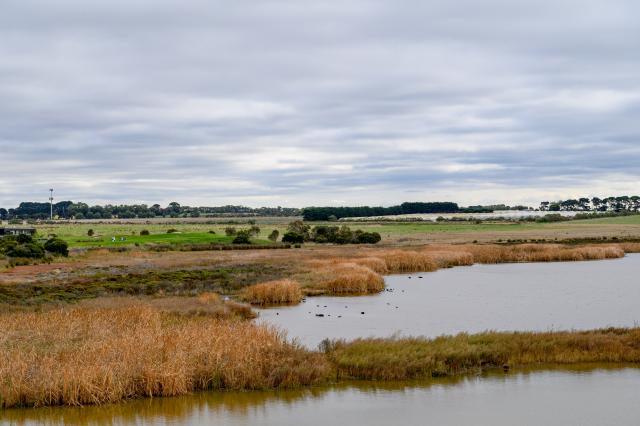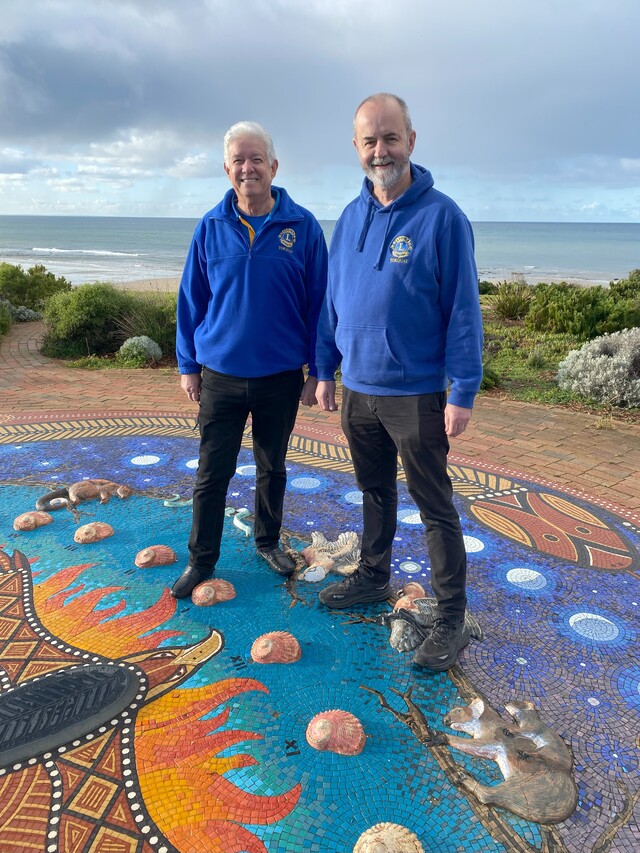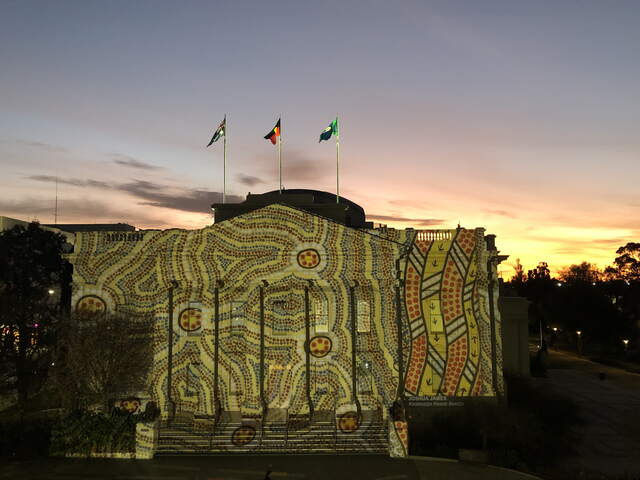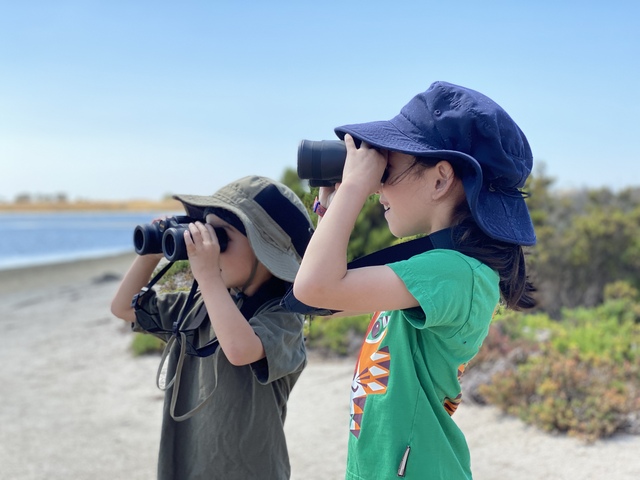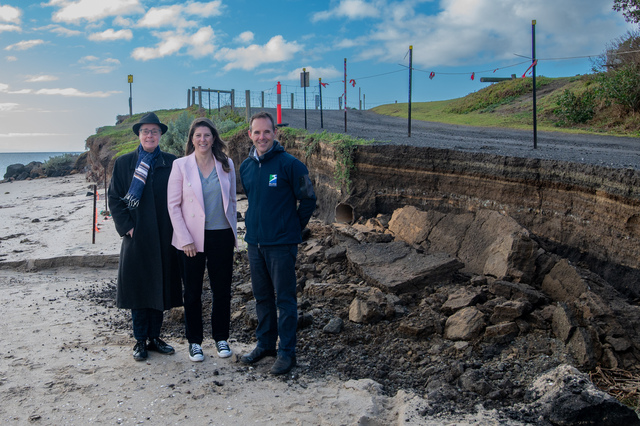The community will be able to better protect Breamlea’s Karaaf Wetlands from the impacts of stormwater thanks to federal government funding.
Surf Coast Shire received $1.9 million from the federal government for a project to divert high volumes of freshwater flowing into the wetlands.
Mayor Liz Pattison said she welcomed the funding and was grateful for the federal government’s investment in the critical project.
“Council officers are finalising a report into the next steps to support the health of the Karaaf, which is due to be considered by council at its May meeting,” she said.
“The report will provide options to redirect stormwater away from the Karaaf and into existing outfalls in the short term.
“We deeply value our natural environment and are working to address stormwater issues and improve the health of the culturally and environmentally significant Karaaf Wetlands.
“Our primary focus is reducing the volume of stormwater flowing into the Karaaf… Capturing and re-using the stormwater remains our ultimate goal in the long-term.”
Member for Corangamite Libby Coker said Karaaf Wetlands were important for waterbirds and home to fragile and coastal saltmarsh plants.
“The $1.9 million investment will help address the excessive freshwater draining to these coastal, saline wetlands, and help protect the wetland’s significant natural values,” she said.
“This funding is crucial to the future survival and restoration of 320 hectares of open country, home to migratory waders from North Asia, the Black Swan, Great Egrets and the Latham’s Snipe.”
The project is part of the federal government’s $200 million investment to revitalise urban rivers and creeks while supporting community groups to protect and restore their local environment.
Minister for Environment and Water Tanya Plibersek said the federal government wanted to repair the damage to Australia’s environment.
“Nearly half of all nationally listed threatened animals and a quarter of our threatened plants occur in urban areas. We need to act now to protect them,” she said.

